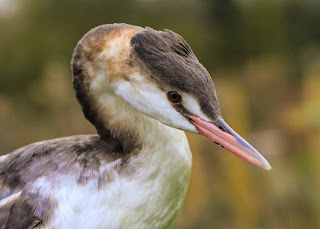Pages
- Home
- May 25
- Apr' 25
- Mar' 25
- Feb' 25
- Jan' 25
- Dec' 24
- Nov' 24
- Oct' 24
- Sep' 24
- Aug' 24
- July 24
- June 24
- May 24
- Apr' 24
- Mar' 24
- Feb' 24
- Jan' 24
- Dec' 23
- Nov' 23
- Oct' 23
- Sep' 23
- Aug' 23
- July 23
- June 23
- May 23
- Apr' 23
- Mar' 23
- Feb' 23
- Jan' 23
- Dec' 22
- Nov' 22
- Oct' 22
- Sept' 22
- Aug' 22
- Jul' 22
- Jun' 22
- May 22
- Apr' 22
- Mar' 22
- Feb' 22
- Jan' 22
- Dec' 21
- Nov' 21
- Oct' 21
- Sep' 21
- Aug' 21
- Jun' 21
- Jul' 21
- Mar' 21
- May 21
- Apr' 21
- Feb' 21
- Nov' 20
- Jan' 21
- Dec' 20
Welcome to the LDV NNR ringing blog, this blog is designed to share the experiences, findings and tales from a group of dedicated ringers. We specialise in conservation orientated research projects, largely focusing on wildfowl, waders, owls and birds of conservation concern, in and around the Vale of York NNR's.
NB - Whilst the purpose of this blog was initially designed to cover our nationally important wildfowl ringing activities, it now also features wildlife and work posts, explaining how we manage the NNR for both wildlife and people.
For daily sightings please visit our Twitter account: https://twitter.com/ldv_nnr (@LDV_NNR)
For details of events, volunteer tasks and wildlife images please visit our Facebook account: https://www.facebook.com/Lower-Derwent-Valley-Skipwith-Common-NNR
Tuesday, 26 January 2016
25/01/16 - GCG
The grebe (a great crest), had been found in a field on the outskirts of York unable to stand or walk, with the presumption that it had been stranded in the field once the flood water had receded. Jean went straight off to collect the grebe with the inkling that nothing would be wrong with it - knowing that grebes are excellently adapted for life on the water with their legs and feet placed so far back on their bodies, thus not ideal for land. As Jean had suspected, on arrival there appeared to be little wrong with the grebe, soon returning at the base with a beautiful immature Great Crested Grebe in the passenger seat. Jean had checked over the bird at the vets, other than a few scuffs from being in confinement – it was in good condition, and was a good weight and rather feisty. Following the check over, the bird was ringed (aged as a first winter due to the buff colouration on the greater coverts), and sexed as a female on bill length.
The grebe was taken down on to Bank Island to be released, as soon as it could see the flooded Ings it wanted to be off, with plenty of loud calling as we walked with it towards the water’s edge. As we placed it on the flood water behind the base it paddled off quite happily, drinking, preening and diving like nothing had happened – a happy ending for a beautiful bird.










